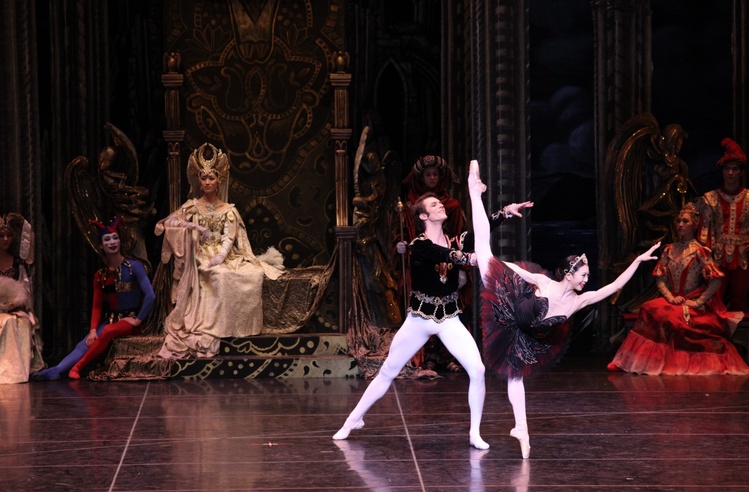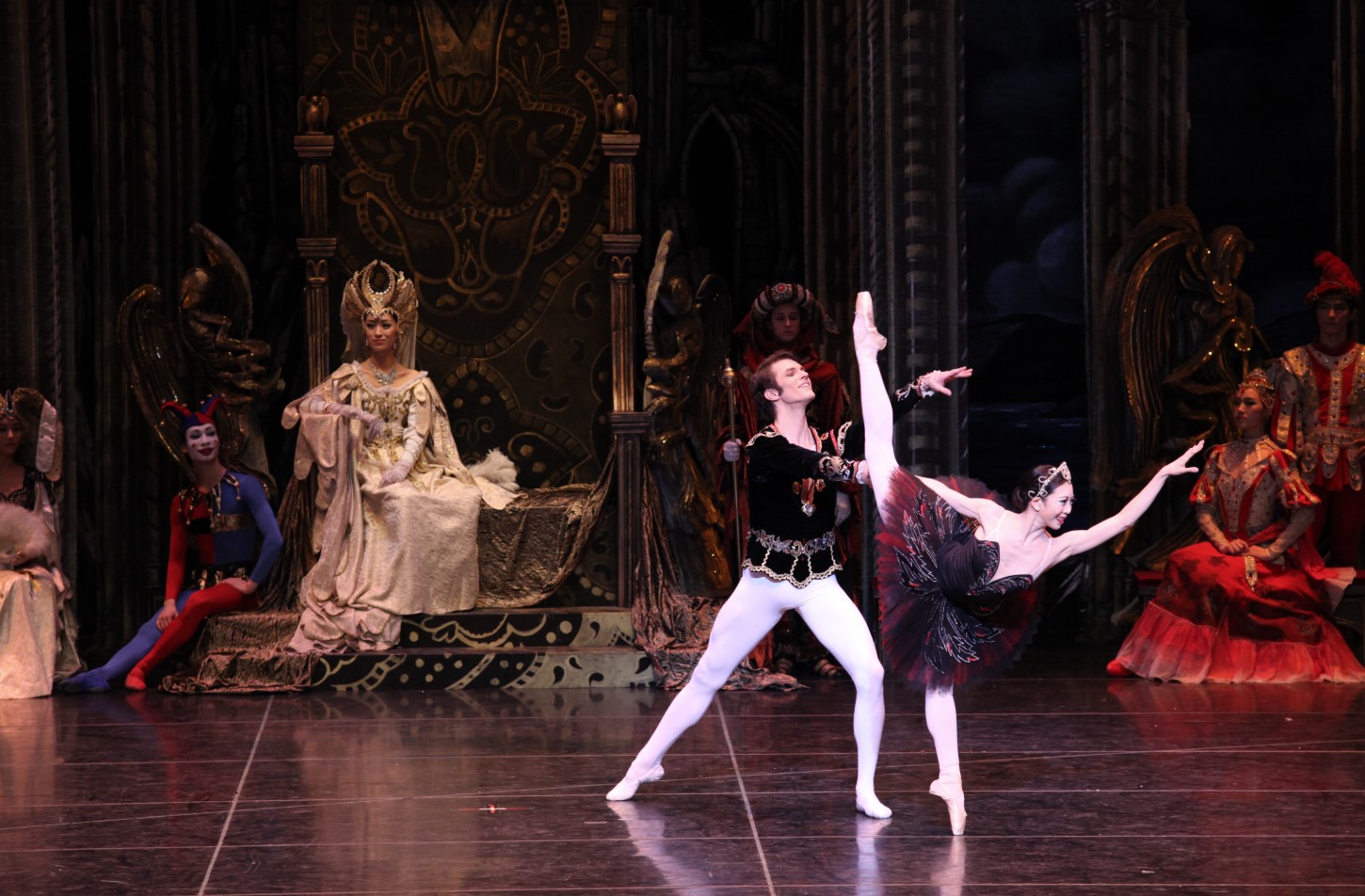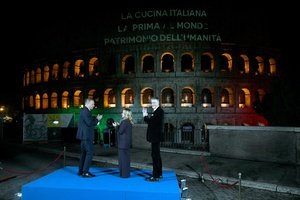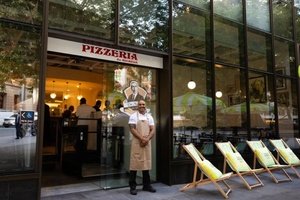BRISBANE - In the classic film Billy Elliot - inspired by the true story of dancer Philip Mosley - young Billy, who lives with his miner father in northern England during the Margaret Thatcher era, chooses classical ballet over boxing - despite his father’s wishes.
There’s a scene in the film when Billy is asked by a teacher at a prestigious dance academy what it feels like when he dances. His response: “I dunno.”
Ivan Gil-Ortega, born and raised in Spain during the 1980s, began dancing when he was four.
“My kindergarten offered ballet as an option. My mum thought it was a great idea to keep me busy and burn off all my energy,” Ortega recalled.
As his peers dreamed of becoming the next Luis Suárez, Ivan donned tights and practised the splits and grand jetés.
He remembers that in his dance class, the number of girls far outnumbered the three boys.
“I won’t deny we were bullied a lot for our choice [to dance],” he shared.
“But since I was already pretty tall for my age, I had no trouble sticking up myself. A few chairs were thrown around!”
Like Billy Elliot, Ortega loved to dance, but didn’t fully understand what drew him to it.
“When you’re a kid, you don’t really notice it, but once I started attending theatre performances, something lit up inside me.
“At fourteen, I decided to make it my life. Once a dancer, always a dancer.”
Ortega arrived in Stuttgart at the age of 17 and was taken under the wing of Marcia Haydée, former first ballerina of the Stuttgart Ballet.
“Marcia was like a mother to me, as well as my first artistic director and mentor,” shared Ortega.
At the time, Ortega, who spoke only Spanish and Catalan, found German quite daunting. But as there were many Italian fellow dancers with him in Stuttgart, he began learning their language instead.
He later met an Italian woman during his time in Berlin, and their relationship further strengthened his connection with the language of the Bel Paese - a bond that endures to this day.
In the ‘90s, Ortega toured Italy, referring to this time as a “golden” period. For him, performing in Italian theatres and feeling the warmth of local audiences left a lasting impression.
“I had the chance to perform at major Italian venues, such as the Arena di Verona and the Teatro Massimo in Palermo,” he recalled.
“But the most emotional and beautiful moment for me will always be performing at the San Carlo in Naples, one of the oldest theatres in Europe.
“[I was] in the production of Eugene Onegin, choreographed by John Cranko for the Stuttgart Ballet and based on the novel by Alexander Pushkin.”
During those years, Ortega collaborated with major names in Italian ballet, such as Eleonora Abbagnato, with whom he is still a close friend.
In 2009, he received the prestigious Positano Léonide Massine Award, established in 1969 and considered the oldest dance prize in the world. With this honour, Ortega’s excellence in ballet was formally recognised.
His immense talent and love for dance even led him to perform at the Bolshoi Theatre in Russia.
“That was one of the most significant moments of my career,” he said, “There’s a unique energy in that theatre; Russians have a deep respect for classical dance. When you say you’ve worked at the Bolshoi, it’s like the gates of heaven open for you.”
Ortega also performed in front of the Queen of the Netherlands as part of the Het Nationale Ballet.
In 2008, at the age of 39, he decided to retire from the stage at the height of his career. “I didn’t want to fall,” he admitted.
“Someone like Roberto [Bolle] can keep going thanks to his incredible physique, but classical dance, while one of the most beautiful and demanding disciplines, takes a heavy toll on your body.
“At a certain point your body says, ‘Mate, what are you doing to me?’
“But I wouldn’t trade it for anything in the world.”
In 2016, Ortega came to Australia for the first time, working with the Queensland Ballet as assistant artistic director on the production of Strictly Gershwin.
Last December, he returned to Brisbane as the artistic director for La Dame aux Camélias, performed by the Shanghai Ballet. On that occasion, Ortega took to the stage to play the role of Armand Duval’s father.
“I’ll be in Brisbane for the next four years. On March 21, the season opens with Kenneth MacMillan’s adaptation of Romeo and Juliet, which I’m directing,” he revealed.
Ortega feels incredibly lucky for the remarkable journey he’s been on, always “strongly supported by my mum”.,
“I feel like I’ve never worked a single day,” he added.
One of the other reasons he stepped away from the stage was to make space for younger dancers, as Ortega aims to bring Italian dancers to the Queensland Ballet. “And I will, I’m sure of it,” he said with a laugh.
“We must focus on the new generations, especially in this moment of great human disconnection,” he continued.
“Because when you go to the theatre, you experience a kind of connection you just don’t get from watching TV.”












